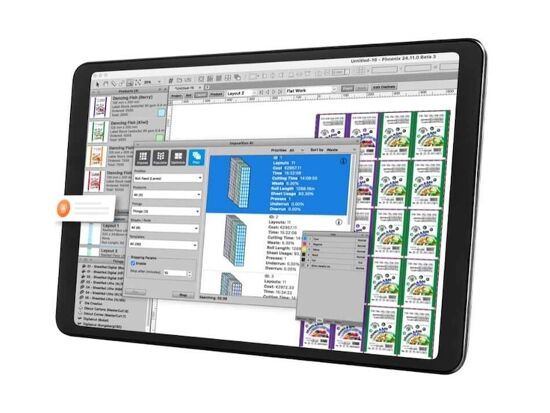Getting back to nature on World Environment Day
This year’s World Environment Day is focused on “connecting people to nature”, inviting us to think about how we are a part of nature and how much we depend on it.
World Environment Day, held on 5 June every year, is the United Nation’s annual event for positive environmental action.
This year is all about connecting people to nature. That means encouraging people to get outdoors and appreciate the beauty of the planet in a bid to show people the importance of protecting it for future generations.
The theme was chosen by this year’s host country – Canada – which will be the centre of World Environment Day activities.
Around the world people will be planting trees, cleaning up their neighbourhoods and taking action against wildlife crimes.
The day itself is all about raising awareness about nature and the importance of protecting it so anything that has people embracing the outdoors is a small step towards helping.
The World Environment Day website explains: ‘In recent decades, scientific advances as well as growing environmental problems such as global warming are helping us to understand the countless ways in which natural systems support our own prosperity and well-being.
‘For example, the world’s oceans, forests and soils act as vast stores for greenhouse gases such as carbon dioxide and methane; farmers and fisher-folk harness nature on land and under water to provide us with food; scientists develop medicines using genetic material drawn from the millions of species that make up Earth’s astounding biological diversity.
‘Billions of rural people around the world spend every working day ‘connected to nature’ and appreciate full well their dependence on natural water supplies and how nature provides their livelihoods in the form of fertile soil. They are among the first to suffer when ecosystems are threatened, whether by pollution, climate change or over-exploitation.
‘Nature’s gifts are often hard to value in monetary terms. Like clean air, they are often taken for granted, at least until they become scarce. However, economists are developing ways to measure the multi-trillion-dollar worth of many so-called ‘ecosystem services’, from insects pollinating fruit trees in the orchards of California to the leisure, health and spiritual benefits of a hike up a Himalayan valley.’
To get involved you can join the global album by sharing a photo or video of your favourite place in nature using #WorldEnvironmentDay or #WithNature.
You can also join over 1,000 events taking place across the globe, or even organise your own. Or why not help build the world’s largest nature database by recording the wonders of biodiversity in your local environment.
World Environment Day has partnered with the iNaturalist global network to record all contributions, which will be shared with scientific data repositories.
For information on how to get involved visit: www.worldenvironmentday.global or to download the iNaturalist app click here.
Topics
Interested in joining our community?
Enquire today about joining your local FESPA Association or FESPA Direct
Recent news

Special Effects in DTF Will Make Your “Prints” More Memorable
The DTF market is expanding with new vendors and innovations like multi-head printers enabling diverse ink options (spot, neon). Decorative films offer streamlined special effects. Keypoint Intelligence tested metallic and glitter films, noting varied ease of use and wash durability. New technology using adhesive and foil directly promises further creative advancements in DTF.

SmartHub – Expectations, opportunities and why you should attend!
The SmartHub at Personalisation Experience 2025 in Berlin will showcase personalisation and smart production opportunities across industries like textiles. Featuring a Smart Factory Trail with brands like Inkcups and Trotec, and a conference with experts discussing AI, mass customisation, and profit strategies, it offers insights into reducing waste and boosting efficiency through digital methods. Panel sessions will explore growth, automation in textiles, and smart manufacturing.

How is AI revolutionising Large Format Print?
Nessan Clearly discusses how AI in print relies on data pattern matching, already enhancing software for large format providers. He predicts that this will result in increased AI integration in workflow planning, job queue management, colour correction, image upscaling, and predictive maintenance via sensors and vision systems, ultimately streamlining operations and offering greater flexibility.

One Ink for All? Exploring Pigment in Textile Printing
Digital textile printing faces complexity due to diverse substrates requiring specific inks. The industry seeks a universal ink, with pigment ink showing potential. While traditionally for natural fibres, advancements aim to broaden its application, simplify processes by reducing pre/post-treatment, and improve sustainability, though challenges like hand feel on garments remain.